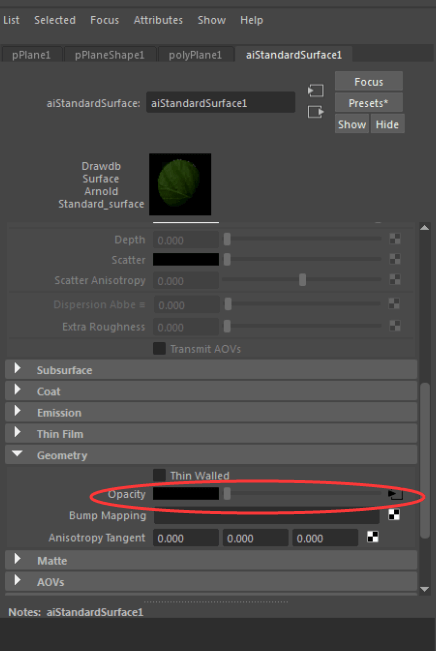

Supported Features and Known Limitationsįallback to box filter. The match with CPU will become increasingly good as the step-size parameter is reduced. The rendering speed may be slower than CPU in cases with high opacity volumes, as the GPU implementation does not skip empty space as efficiently as the CPU version. Initial support for volume displacement has been added to the GPU renderer. While this matches the CPU renderer visually quite well and is feature-complete, the memory consumption can be larger due to the lack of sparse representation. In this initial implementation, each VDB grid is loaded to GPU in a dense format. Initial support for OpenVDB has been added to the GPU renderer. Shading operationsĬurrently, there is limited support for specific shading operations, as follows: Note that this initial support is still not complete and currently has a number of limitations as listed below.

As in the CPU renderer, you can mix and match OSL and Arnold shaders in the same shading network. Initial support for OSL has been added to the GPU renderer. Noice is not supported with Arnold GPU renders (because the variance filter is not supported on Arnold GPU).Custom shaders, cameras, filters, BSDFs are not supported.Custom procedurals, drivers, color managers are supported.Light linking is not supported on volumes.Filename attribute tags are supported.Volume displacement is supported, with some limitations currently (see below).OpenVDB volumes are supported, with some limitations currently (see below).OSL is supported, with some limitations currently (see below).standard_surface, standard_hair, and standard_volume are supported, with some limitations (see the table below).Accordingly, to achieve equivalent noise the AA sample count will need to be increased in GPU renders. With the same settings, GPU renders will currently be noisier than CPU renders since GPU renders are "non-splitting" (i.e. Arnold GPU supports complex shading networks, SSS, hair, atmospherics, instancing, and procedurals.


 0 kommentar(er)
0 kommentar(er)
